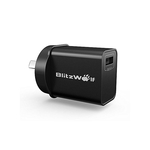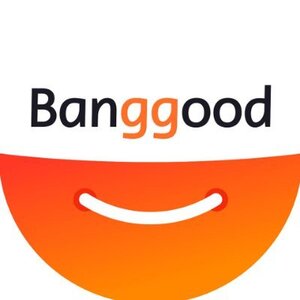Cheaper than the deal I posted earlier and given there is no coupon… cashback is guaranteed.
The BW-S9 has an AU plug and features one port with Qualcomm's Quick Charge 3.0 and Power3S intelligent charging technology.
It's also compatible with QC 2.0, Huawei FCP, Samsung AFC and Apple 5V/2.4A charging. Making it perfect for charging your phone, tablet, power bank and more!




Own this… Totally worth it for the price.